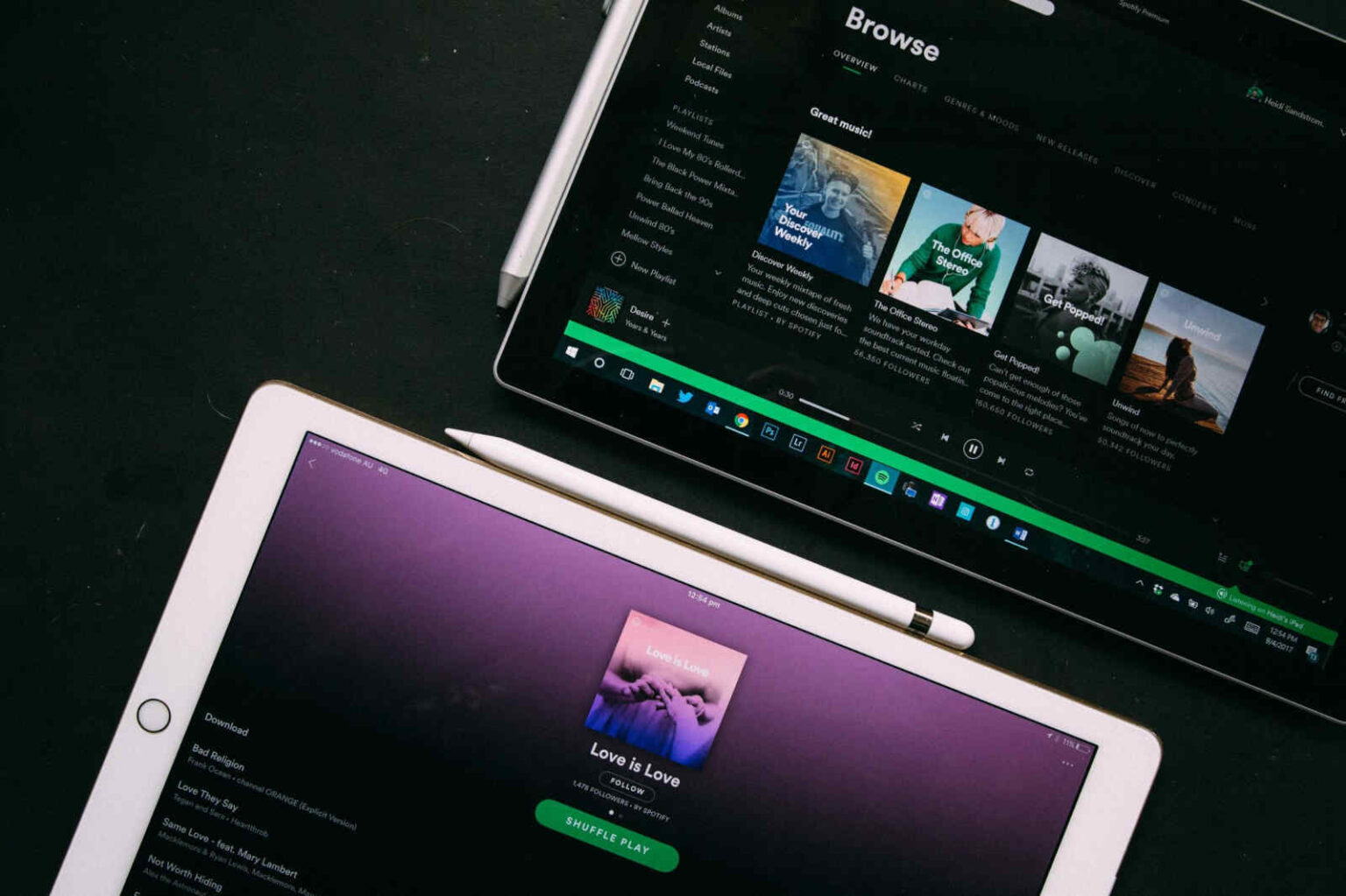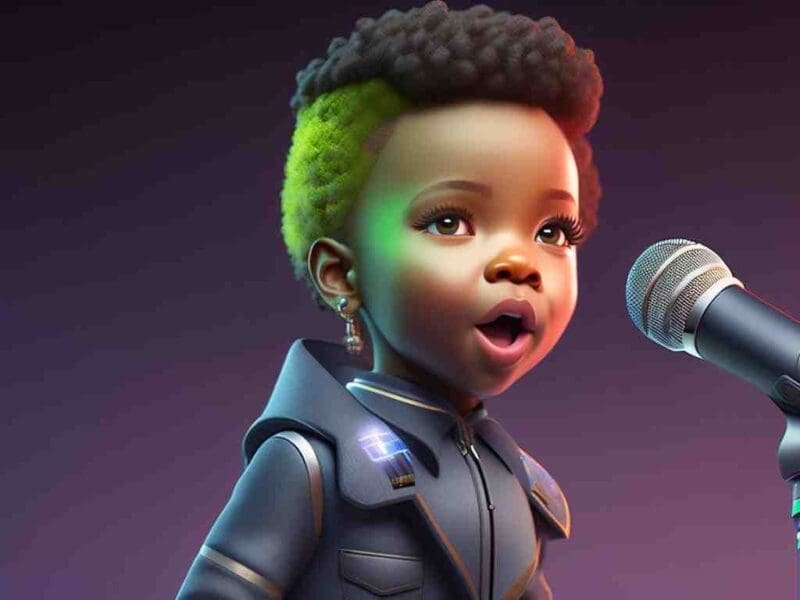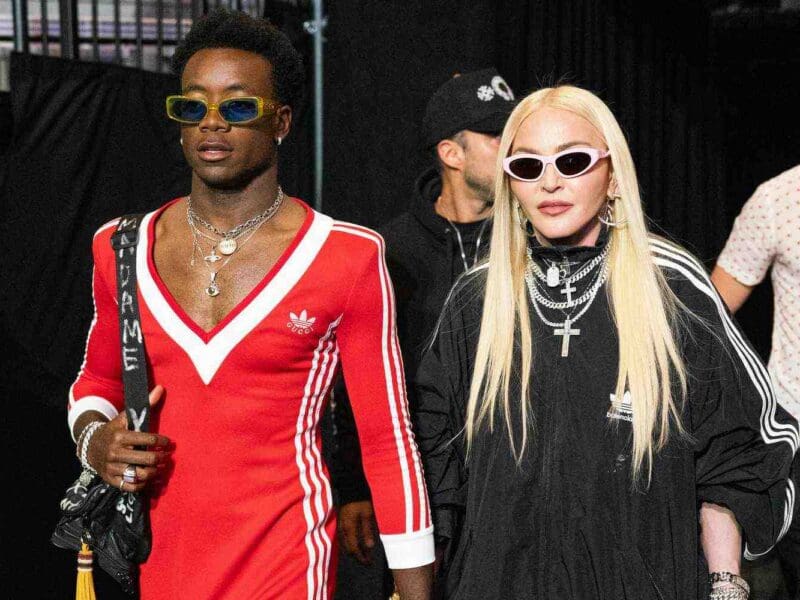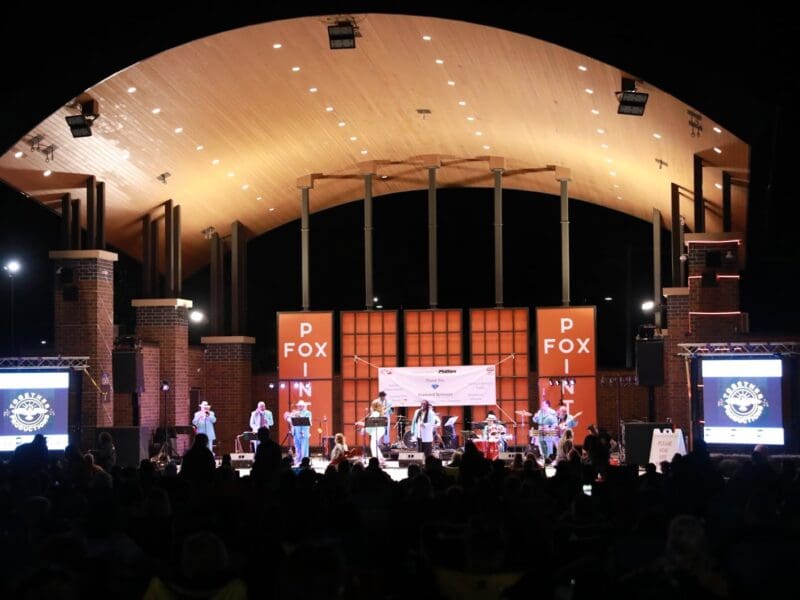
How to Find Great Music for Your Video Projects
Content creators face a lot of challenges.
Yes, people see content creators as free spirits who get to have fun and get paid for it. But the reality is that most creators aren’t just entertainers — they’re also educators and entrepreneurs who simultaneously build a community, a brand, and a product. And each of those areas comes with different obstacles.
One of the most popular and relevant problems comes down to licensing. Or, more specifically, how to navigate copyright laws on a variety of different platforms.
What A Copyright Claim Means For Creators
If you follow any content creators, you’ve probably heard or seen them post about copyright claims on their content. In these cases, a channel posted content with something — a video clip, part of a song, or even an image pulled from Google — that they didn’t create or have legal rights to share.
In those cases, the content is either removed (which usually just means “taken offline”) or monetized (which means “the person or company that owns the copyrighted material now gets to keep all the revenue the content generates”).
Unfortunately, the content creator is out of luck in both of those situations. And while it’s possible to submit a ticket to get the content claim removed, there’s no guarantee it will work. Different platforms follow different rules, and even the slightest transgressions could lead to lost content or — in a worst case scenario — a blocked account/channel.
As you can imagine, copyright law matters a lot to content creators. But copyright law and licensing agreements are complicated, muddled things that aren’t exactly beginner-friendly.
That’s why more and more content creators are finding themselves in copyright trouble.
(As an important sidenote, it’s worth noting that different companies enforce copyright laws differently. This recently led to a big change in YouTube’s Content ID system and how it handles copyrighted content on the world’s biggest video platform.)
The Basics Of Copyright Law
I just spent some time making copyright law seem like a scary bogeyman ready to ruin any content creator’s life. But while a lot of creators know about copyright infringement, most of them don’t fully understand the process of when they need to license content and how to go about it.
Let’s use a piece of music as our example. Say you made a video about a recent trip to Kenya. Obviously, Toto’s “Africa” is the perfect song to include in the travel video you want to share on social media. And you bought the song on iTunes, so obviously you can add it to your project when you edit the footage.
There’s just one problem: You don’t actually have the right to use the song. Sure, you purchased an .mp3 file; that gives you the right to listen to the song for personal enjoyment. But that’s not the same as licensing the song to use in a video that could potentially generate you money.
Unfortunately, you don’t know all of that information. So you upload your video to YouTube, after a few weeks it starts to generate traffic to your monetized channel. Then one day you wake up to an email from YouTube letting you know that one of your videos has been removed due to copyright infringement, and that violation is the first strike on your account.
What do you do? What’s your solution to get your content back and protect the reputation of your channel? And for that matter, how can content creators find and use high quality music for projects without having to worry about copyright claims?
The answer is simple: Music licensing.
Music Licensing For Content Creators
Music licensing is the process of getting permission to use content you didn’t create.
Let’s go back to our example of your Kenya travel vlog and Toto’s hit song, “Africa.” Before you can use that song, you’d have to reach out to Toto, the band’s representative, or the record label that published and/or owns the rights to the song. That begins the process of negotiating for a license.
In order to legally use the song, you’ll need permission from every copyright holder. That could include the recording artist, performing artist, songwriter, producer, record label, etc. Contacting all of those people takes time — sometimes several weeks or even months. And that’s not even mentioning the fact that these negotiations will include lots and lots of fees…
This is where royalty free music comes into play.
What Even Is Royalty Free Music?
When you license music from a royalty free company, they have already negotiated with the artists (a.k.a. “copyright holders”) for you so you can pay for a license directly. And a license is usually going to be anywhere from $5 to $50, compared to spending upwards of $10,000 to license the latest radio hit from your favorite artist.
As the name implies, you also won’t have to deal with royalty payments either. (That’s basically when the copyright holders demand a set percentage of any profits that come from your project, which could be ad revenue on YouTube or profits tied to a TV commercial.)
Some royalty free music companies make it even easier by offering subscription plans. This way, you can pay a flat fee — either monthly or yearly — and get access to an entire library of music. You can download as many songs as you want, for as many projects as you can work on, and never pay over your subscription fee.
It’s an obvious marriage, really. Royalty free music provides an easy way for content creators to find great music without having to worry about copyright infringement ever again. And who wouldn’t want to get unlimited music for video projects while paying less than it would cost to license a single song?
Drew Gula is a marketing copywriter at Soundstripe, a company that provides creators and businesses with resources like royalty free music for instagram and sound effects (SFX).







